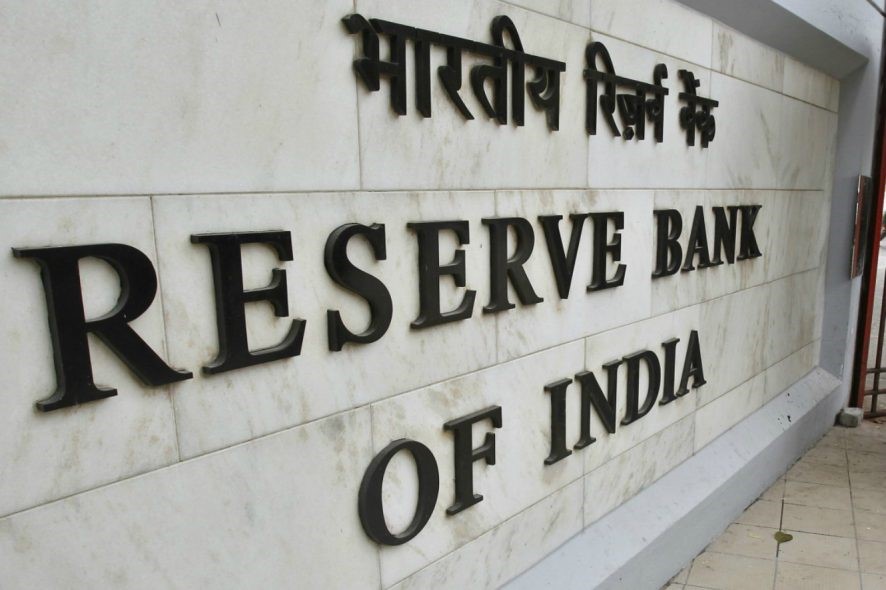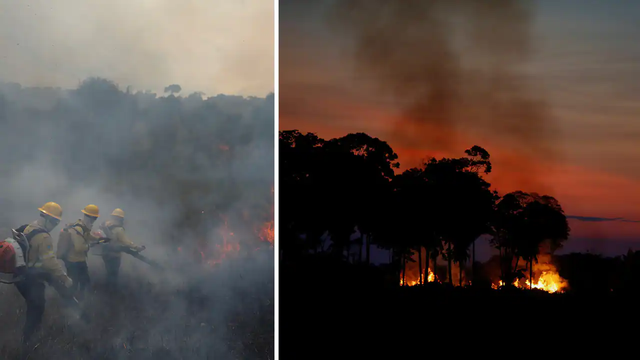Letter of Comfort banned by the Reserve Bank of India (GS Paper 3, Economy)

Why in news?
- Recently, the Reserve Bank of India (RBI) has disallowed the use of Letters of Comfort (LoC), which may impact loans worth Rs 35,000 crore.
- Sixty per cent of these belong to power, healthcare, engineering & construction, and road sectors.
What is a Letter of Comfort (LoC)?
- LoC is a letter issued by a parent company which tells a bank that they know the loan is availed by one of their subsidiaries. The letter states that the parent company supports the subsidiary in the process, and they will lend their hand wherever required.
- It is generally issued by foreign companies that have their branches and subsidiaries in India.
- The official format of LoC released by the RBI says, ‘Any liability that may arise due to the functioning of the Branch/Liaison Office in India will be met by us (the parent company), in case of inability on part of the Branch/Liaison Office to do so’.
- However, it must be noted that the company is not legally liable to cover for the defaults by its subsidiary, even if they had issued an LoC. It is issued merely to assure the lending bank that the parent company is aware of the credit being sought.
Current guidelines:
- The RBI recently asked the credit rating agencies in their Frequently Asked Questions (FAQs) to ignore these letters while assigning the ratings.
- The official LoC must also enclose the parent company's financial details. The declaration reads, "We are also enclosing the financial background of our company in the form of our latest Audited Balance Sheet / Account Statement certified by a Certified Public Accountant."
- From March 31, the Finance Ministry has also restricted the ministries and departments from issuing an LoC on behalf of the hired entities. The entities use the LoC to acquire funds to complete the projects assigned to them.
Way Forward:
- With the RBI's announcement, the credit rating of around 100 entities is expected to go down. The RBI may also disallow public sector undertakings to use LoC to get more loans.
However, it may not have an immediate impact on the borrowers.
Centre approves Corbevax as booster dose for 18+ group
(GS Paper 3, Science and Tech)
Why in news?
- Amid rising number of Covid cases in the country, the Government has approved Biological E's Corbevax as a precautionary dose for those above 18 years fully vaccinated with either Covishield or Covaxin. This provision would be available from August 12.

Key Highlights:
- This is the first time that a booster dose that is different from the one used for primary vaccination against Covid has been allowed in the country.
- Corbevax will be available as a precaution dose after completion of 6 months or 26 weeks from the date of administration of the second dose of either Covaxin or Covishield vaccines for populations above 18 years.
- This enables use of Corbevax as a heterologous Covid-19 vaccine for precaution dose administration in this age group.
Background:
- All necessary changes in regard to the administration of heterologous precaution dose using Corbevax, to those who are eligible and due for precaution dose have been made on the Co-WIN portal.
- The approval is based on the recommendations made recently by the COVID-19 Working Group of the National Technical Advisory Group on Immunisation (NTAGI).
Vaccinating 12+ age population:
- Under India's Covid-19 vaccination program, 2 billion doses have been administered so far.
- About 97 per cent of the 12+ age population of the country has been covered with at least one dose and about 89% of the 12+ age population has been covered with both doses.
Landfills are methane super emitters, Delhi, Mumbai among worst hit
(GS Paper 3, Environment)
Why in news?
- Landfills are releasing far more planet-warming methane into the atmosphere from the decomposition of waste than previously thought, a study suggests.

Details:
- Scientists used satellite data from four major cities worldwide; Delhi and Mumbai in India, Lahore in Pakistan and Buenos Aires in Argentina and found that emissions from landfills in 2018 and 2019 were 1.4 to 2.6 times higher than earlier estimates.
- The study is aimed at helping local governments carry out targeted efforts to limit global warming by pinpointing specific sites of major concern.
Sources of Methane Emission:
- When organic waste like food, wood or paper decomposes, it emits methane into the air. Landfills are the third-largest source of methane emissions globally, after oil and gas systems and agriculture.
- Although methane only accounts for about 11% of greenhouse gas emissions and lasts about a dozen years in the air, it traps 80 times more heat in the atmosphere than carbon dioxide does. Scientist’s estimate that at least 25% of today’s warming is driven by methane from human actions.
Satellite technology:
- This is the first time that high-resolution satellite images have been used to observe landfills and calculate their methane emissions.
- Earlier in 2022, smoke hung over New Delhi for days after a massive landfill caught fire as the country was sweltering in an extreme heat wave with temperatures surpassing 50 degrees Celsius (122 Fahrenheit). At least two other landfill fires have been reported in India this year.
- The newer satellite technology, combined with on-the-ground measurements, makes it easier for researchers to identify “who is polluting the world.”
Biggest polluters:
- China, India and Russia are the world’s biggest methane polluters.
- At last year’s United Nations climate conference, 104 countries signed a pledge to reduce methane emissions by 30% by 2030 compared with 2020 levels.
- Both India and China are not signatories.
What’s next?
- The authors plan to carry out more research into landfill sites across the world in future studies.
Vicious cycle of Amazon rainforest fire and climate change in Brazil
(GS Paper 3, Environment)
Why in news?
- The number of fires burning in Brazil's Amazon jungle reached a 15-year high in June, despite the country's pledge last year to stop deforestation by 2030. The burning season started in July 2022, and the pace of clearing the forest is still rapid.
- Given that August and September are typically the peak fire months in Brazil, conditions could get worse.

Carbon storing capacity of rainforests:
- An old-growth rainforests have a much greater capacity to store carbon than newly developed land.
- A hectare of virgin forest contains 176 tonnes of carbon, compared to just 5 tonnes or fewer in soy fields or cow pastures, 44 tonnes in newly planted forests within ten years, and 176 tonnes in pristine forests.
- According to a study, emissions from destroying forests will account for the majority of Brazil's 9.5% increase in greenhouse gas emissions for 2020.
- Brazil intends to use its forests to produce carbon offsets in order to fulfil its commitments to reduce global emissions.
What causes the fire?
- In the humid, tropical Amazon jungle, fires do not normally erupt like they do in Europe or the US.
- Instead, to clear land, farmers clear the forests and start fires in the trees, which occasionally get out of control.
Why this time of the year?
- In the Amazon, the dry season is at its most intense in August and September, making fires more difficult to put out. Relief often comes with the commencement of the rainy season in October.
Role of climate change:
- In the past, the virgin rainforest has remained damp all year long and resisted fires. However, rising temperatures and drier conditions brought on by climate change make it more difficult to manage fires.
Worsened since 2019:
- Since right-wing President Jair Bolsonaro assumed office in 2019 and pushed to remove environmental laws, forest fires have gotten worse.
- His administration reduced the funding for environmental organisations, curtailed their ability to fight crime, and hampered the process of issuing environmental fines. Under Bolsonaro, farmers, ranchers, and land speculators feel free to damage the forest without facing consequences.
- According to him, mining and farming should be allowed in protected Amazonian areas in order to combat poverty.
- His revolutionary approach to preserving the Amazon, which involved using the military to patrol the forest, had no effect on the devastation.
Vicious cycle of fire and climate change:
- The burning of the remaining forest vegetation causes the majority of the carbon dioxide released during the removal of old-growth trees in the Amazon, which contributes to global warming.
- Deforestation accounts for around 9% of human-caused CO2 emissions, therefore drastically lowering it is crucial to combating climate change.





